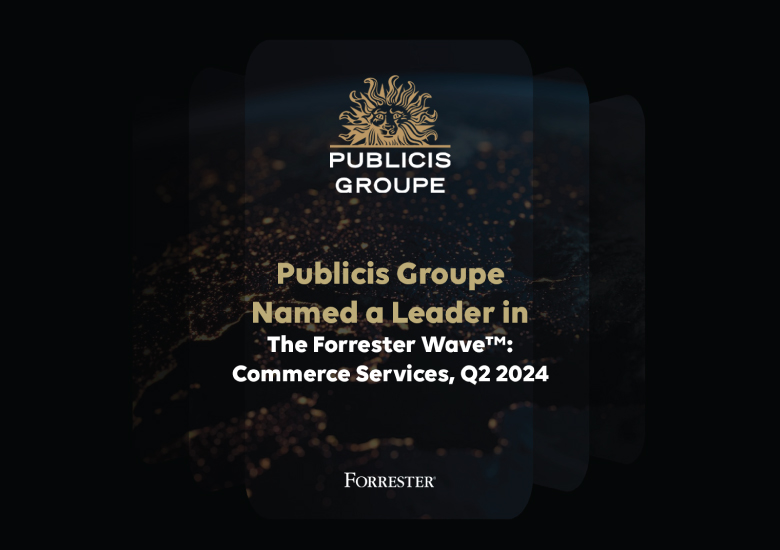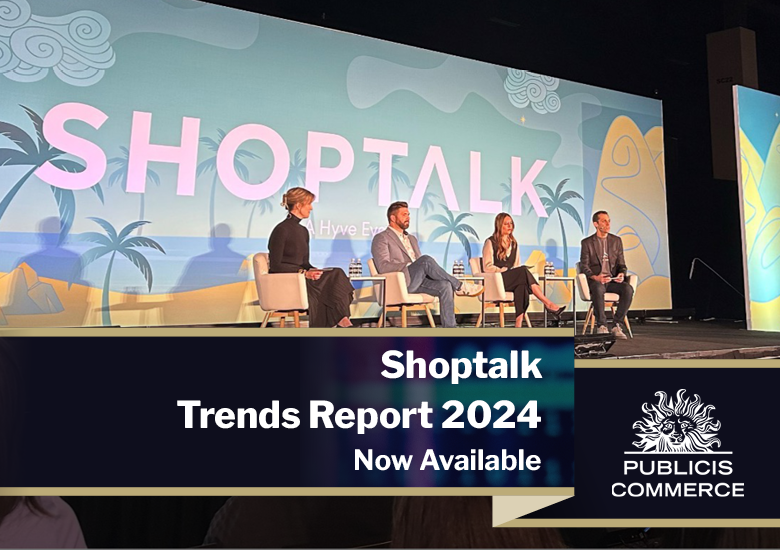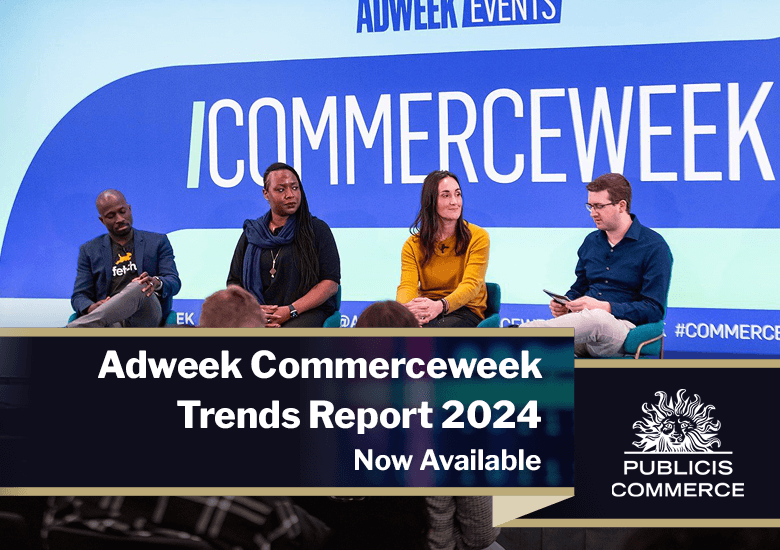This article was previously posted on Unofficially Shoptalk.
At Shoptalk 2025, Publicis Sapient’s Sabrina McPherson doesn’t talk up AI—she breaks it down. In this sharp, no-hype conversation, she explains why the best retail innovation starts with structure, not speed—and why beauty is still the benchmark everyone’s learning from.

At Shoptalk 2025, Publicis Sapient’s SVP of Strategy outlines a disciplined path forward—where AI serves clearly defined use cases, not abstract ambition.
There’s no denying the retail industry’s appetite for AI. But amid the excitement, Sabrina McPherson offers a measured stance: real transformation starts not with the technology itself, but with how clearly you understand the problem you’re trying to solve.
Representing Publicis Sapient—the digital transformation arm of Publicis Groupe—McPherson arrived at Shoptalk to share a grounded perspective. Her message to retailers was consistent throughout: take a step back, cut through the noise, and focus first on customer experience pain points.
Search Isn’t Just a Feature—It’s Embedded
AI-powered search was the focal point of McPherson’s session, and for good reason. It’s one of the most active areas of retail innovation, with an influx of new providers and capabilities. But she cautioned against jumping in too fast.
Rather than viewing search narrowly, she emphasized thinking of it as an embedded layer across the full customer experience. The challenge is no longer “how do I build search?”—it’s “where is search helping, or failing, in the journey to conversion?”
Retailers, she advised, should identify specific friction points—like cart abandonment or low conversion—and then assess how search technologies might address those. It’s a simple, use-case-first approach in a time when the temptation to chase the “shiny object” is everywhere.
Where Beauty Leads, Others Learn
Asked which sectors are doing this well, McPherson didn’t hesitate: beauty and fashion are leading the charge. Their edge, she noted, comes not just in aesthetics, but in data-driven marketing, personalization maturity, and experience design.
Even outside search, beauty brands are ahead in areas like returns optimization and customer journey orchestration. Their example is being studied closely by other verticals—including household goods and food—which have traditionally lagged in digital strategy but now look to beauty for cues.
Data Before Channels
The conversation soon turned to short-form video, social commerce, and retail’s ongoing struggle to meet changing consumer behavior. Here again, McPherson urged strategic patience.
She emphasized the need to link identity across touchpoints—to know who your customer is in every channel, and how they behave. Without this, retailers risk targeting the same person twice, sending irrelevant messages, or simply wasting budget.
Before launching aggressive social strategies, she said, the foundation needs to be there: data, identity resolution, and unified views of behavior across platforms. Only then does the rest of the marketing mix make sense.
Internal AI Use Cases Are Hiding in Plain Sight
While much attention is given to customer-facing AI, McPherson pointed to internal use cases as a powerful entry point—especially in marketing.
Publicis Groupe, she explained, is already applying AI to reengineer its own marketing value chain. This enables efficiencies that free up investment for more ambitious, consumer-facing efforts.
It’s not about starting big. McPherson advocates for small, bite-sized AI investments that drive operational gains. These become funding engines for broader digital programs.
The Structural Challenge Behind the Tech Hurdle
Asked what advice she’d give to retailers struggling to keep up with evolving expectations, McPherson didn’t cite tools or talent. She cited internal alignment.
Most companies, she said, face a fundamental challenge: business teams (like marketing) own the demand, but IT holds the implementation power and the budget. And those functions are rarely working in sync.
Companies that have reorganized—sometimes via a Chief Digital Officer, sometimes via cross-functional teams—are seeing faster progress. Those still locked into siloed org structures are falling behind, not because of a lack of interest in innovation, but because they can’t act on it effectively.
What We Learned from Publicis Sapient’s Strategy Lead
🧭 Start with the pain point—not the technology 🧭 Beauty and fashion are still setting the pace on personalization 🧭 Identity resolution must precede channel execution 🧭 AI can begin with internal use cases to drive reinvestment 🧭 Organizational alignment is often the real unlock
As McPherson wrapped up, the takeaway was clear: transformation isn’t a race to adopt—it’s a discipline in how you decide.
In a conference where AI is everywhere, her perspective offered something rare: clarity.












































